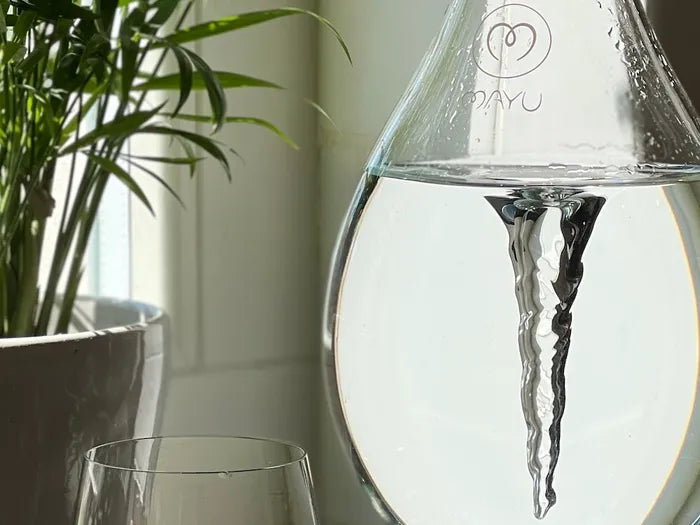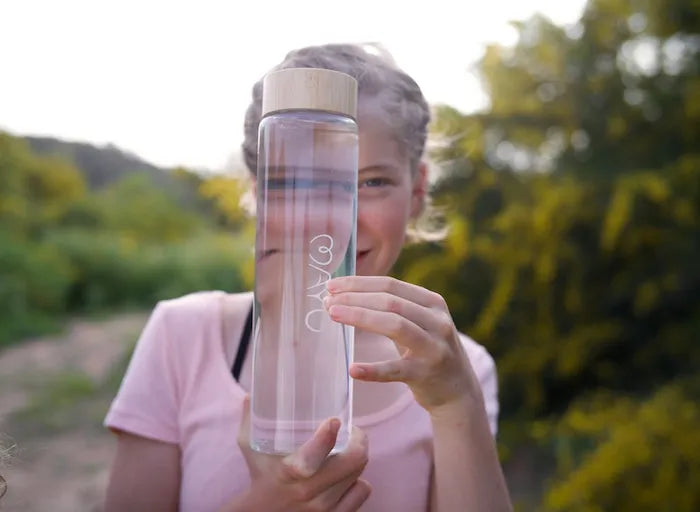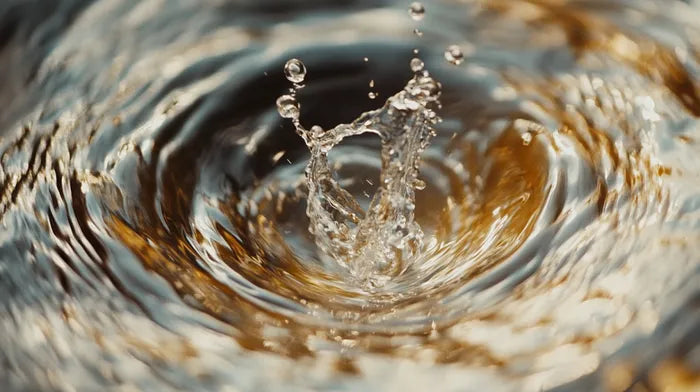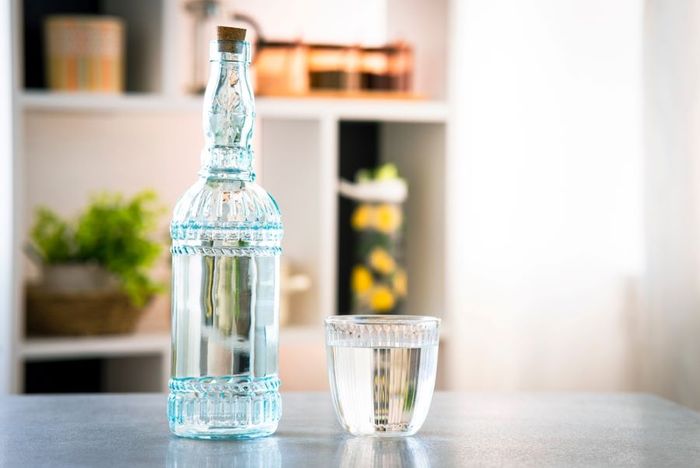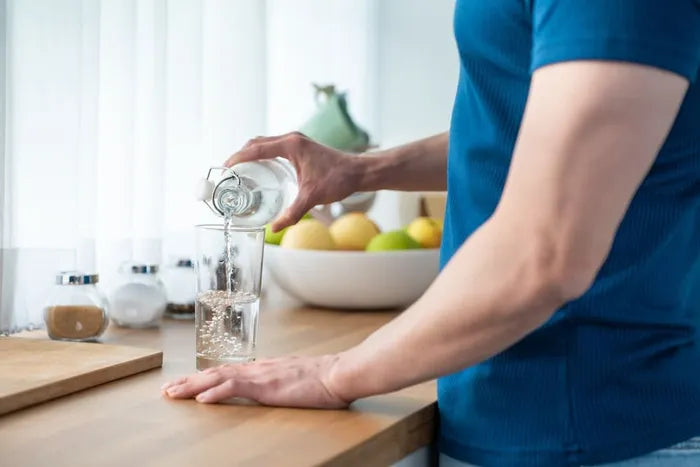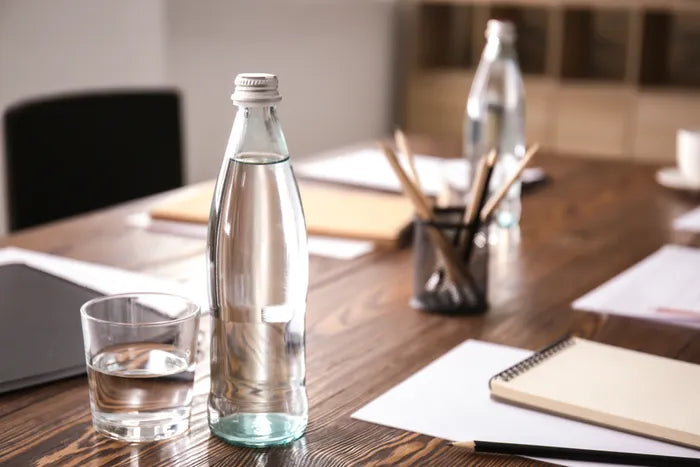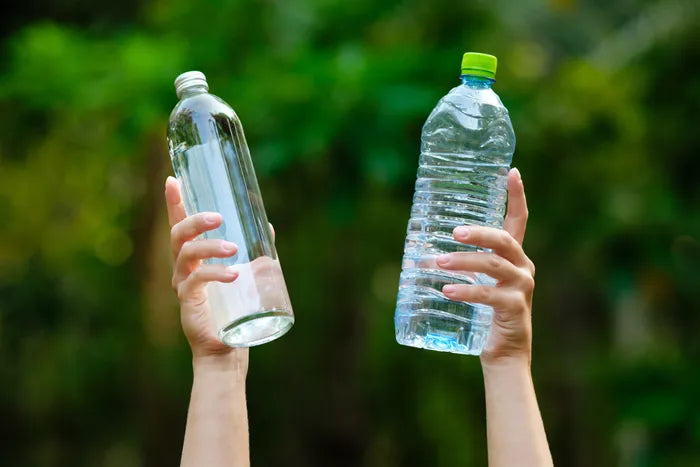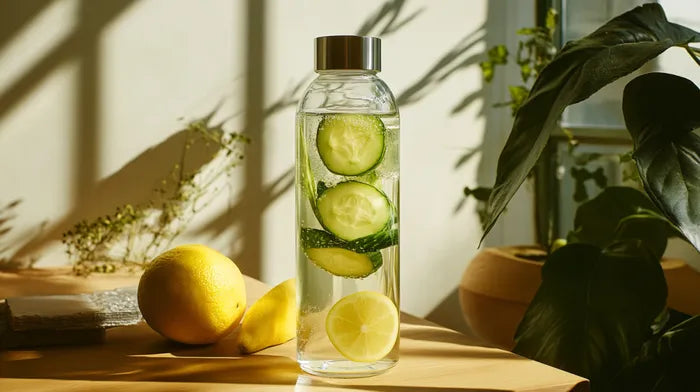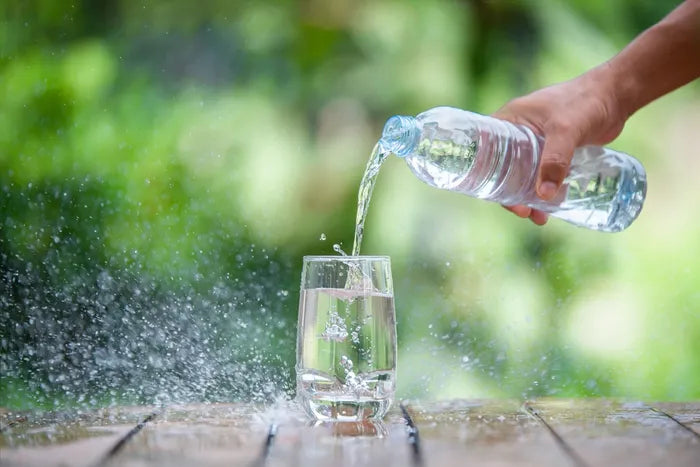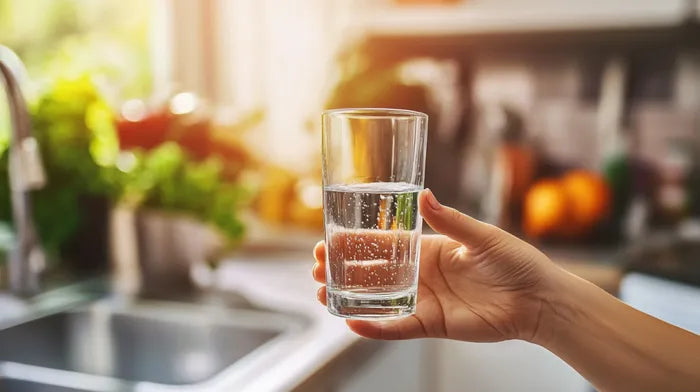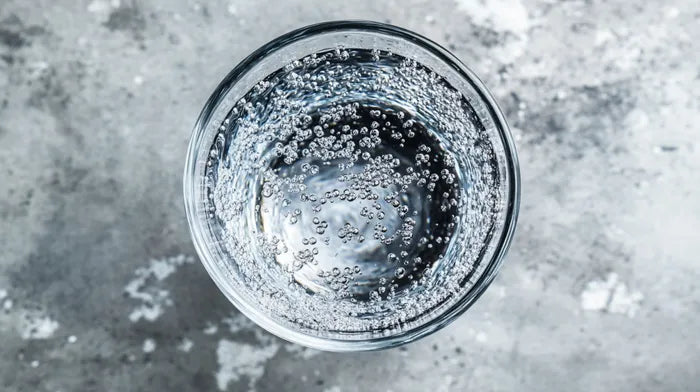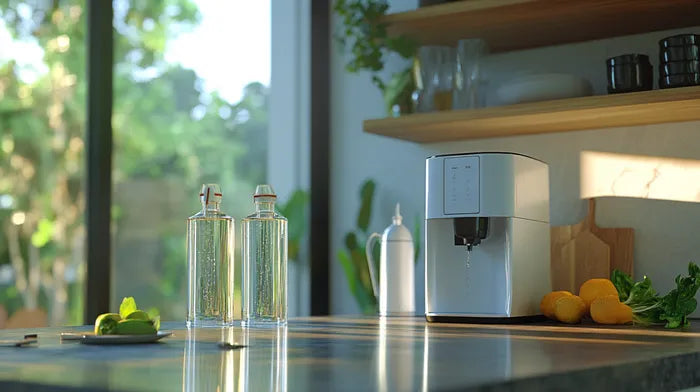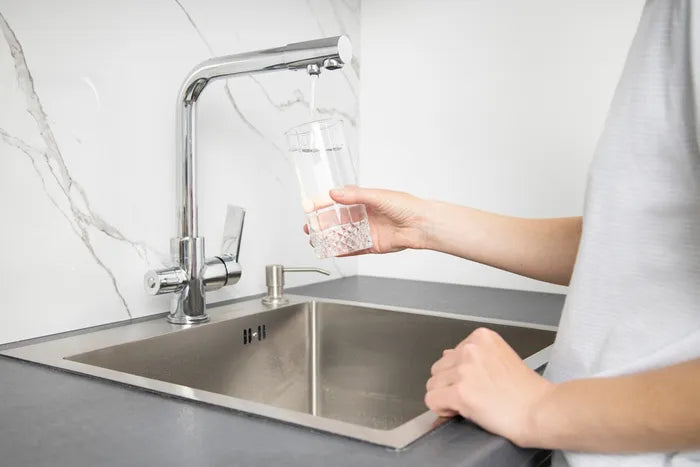How and Why Microplastics Are Damaging Your Health
Published October 6, 2024

Microplastics are tiny plastic particles 0.33 mm to 5 mm in size. Microplastics come from several sources, including larger plastic debris that degrades into smaller pieces, and microbeads used in facial scrubs.
Microplastics are extremely persistent, meaning removing them from the environment where they accumulate is almost impossible. Scientists have warned that the microplastic situation is out of control. Microplastics have been found almost everywhere they have been looked for, including on mountains, in Artic sea ice, oceans, the air, drinking water, and the human body.
This article outlines everything you need to know about microplastics and their effect on human health.
How Do Microplastics Enter the Human Body?
People don’t purposefully eat plastic, but that doesn't mean we're not consuming it every day. Microplastics are in our drinking water, food, soil, and air. We're constantly exposed to microplastics and once we've consumed them, they make their way to the gut, pass through the intestinal membrane, and enter the bloodstream.
For the first time, researchers discovered that 17 out of 22 people had microplastics in their blood, and in March 2022, researchers published a study with another new discovery—11 out of 13 people had microplastics in their lungs. The most common type of plastic found was polyethylene terephthalate (PET), which is used to make plastic water bottles. The other culprits were clothing fibers and polystyrene.
What Are the Effects of Microplastics on the Human Body?
Plastic may be pervasive now, but it has only been widely used for the past 70 years. The discovery of microplastics is even more recent. Therefore, few studies are examining the effect of microplastics on human health and in what quantities microplastics are harmful. Scientists are still unsure of how the body processes, metabolizes, or eliminates these particles.
Experts do have concerns regarding microplastics in humans:
- The effect of microplastics on inflammation in the digestive system is being studied. In a small study, people with inflammatory bowel disease had more microplastic in their stool than those without IBD.
- Microplastics are known to absorb pesticides and heavy metals, which we then absorb indirectly. This could increase our exposure to harmful chemicals that could lead to toxic effects on the body.
- Plastics also contain additives like bisphenol-A (BPA). BPA has been associated with cardiovascular disorders, diabetes, endometriosis, fertility issues, and prostate and breast cancer.
Are the Effects of Microplastics Permanent?
Microplastics have been linked to neurotoxic effects in wild fish, which increase oxidative damage and can theoretically lead to greater cancer risks.
We do ingest microplastics, which pass through our digestive system, but scientists don't know whether they go somewhere else in the body after ingestion and what the long-term health effects are on humans, if any.
How Do You Avoid Microplastics?
Unfortunately, avoiding microplastics is impossible, but you can reduce some of your direct exposure. Here are some tips on how to cut down:
- Drink tap water over bottled water: while there are still microplastics in tap water, a study by Orb Media found that bottled water contains 50 percent more microplastics than tap water.
- Filter your water: unfortunately, not all water is the same, so using a water filter with a membrane that filters particles smaller than 5mm in size will drastically reduce the number of microplastics in your drinking water.
- Wear clothing made from natural textiles: synthetic fibers shed plastic microfibers while you wear or launder them.
- Vacuum your home regularly: microplastics can linger in dust, and regular vacuuming may reduce the amount you inhale at home.
- Avoid ordering food that’s served in styrofoam packaging: these containers contain polystyrene, which makes up many of the microplastics found in oceans.
Conclusion
While it’s likely that the world will never stop using plastic, we can all find ways to use less plastic, which will help reduce the overall amount of microplastic we put into the world.












